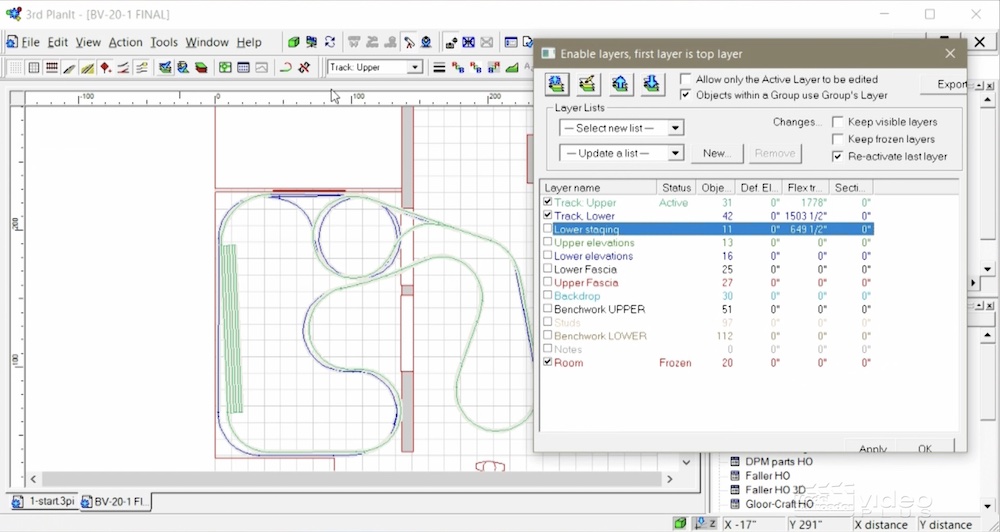
Computer-aided design (CAD) software is an essential tool and great option in helping to experiment and track plan your model railroad in a timely manner. There can be a learning curve in understanding the program of your choosing. However, understanding the basics of using track planning software can go a long way when preparing to […]
Read More…
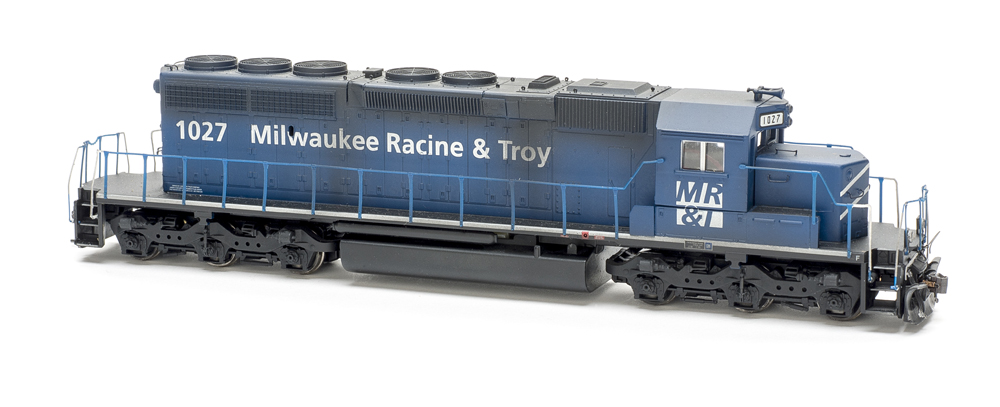
There are many reasons you might need to bring a locomotive back to life. Here are some tips for resurrecting unused locomotives. Disassembly The first thing you’ll need to do is to get inside the locomotive shell. Maybe you’re lucky enough to have an exploded-view diagram of your model. If not, you can check the […]
Read More…
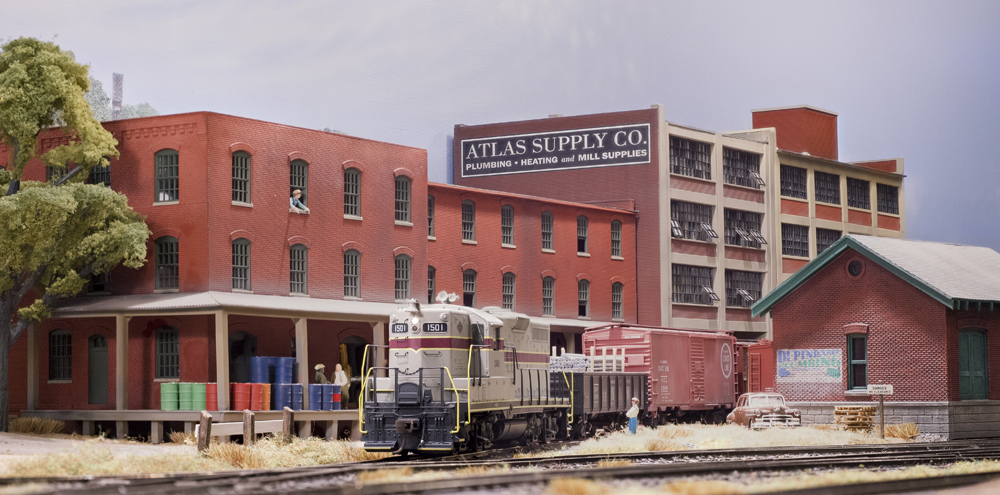
Contrary to popular belief, modeling an urban scene doesn’t require a bunch of space. Want proof? Check out the Winston-Salem Southbound, our 2018 project layout, shown in the photo above. The 2’-9” x 8’-2” HO scale shelf layout depicted the railroad’s Tar Branch in Winston-Salem, N.C. It featured more than a half-dozen rail-served industries, as […]
Read More…

It’s no secret that model railroading can be expensive. Big-ticket individual items, such as locomotives, can carry price tags which climb north of $500. For good reason, too; it’s all too easy to forget how far model locomotive technology has come in recent years, with detail better than ever thanks to simultaneous advances in scanning, […]
Read More…

Benchwork is the foundation of a model railroad. Sturdy benchwork and you have a solid base for your layout’s life. But if you use subpar wood, problems will arise sooner or later. But what wood do you use to build sturdy benchwork? Where do you get it? This is everything you need to know about […]
Read More…
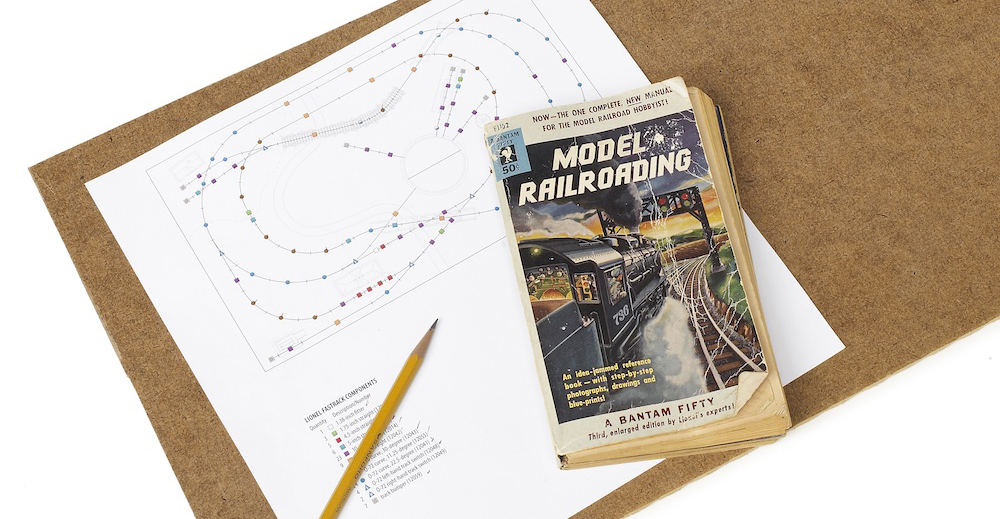
Through many years and experiences, I’ve come to appreciate the wide range of interests our hobby has to offer. I’ve repaired and restored vintage Lionel locomotives, custom-painted entire train sets, and even researched the history of Lionel’s Super O trackwork. Although these activities are still exciting, they don’t compare to the thrills I’ve had operating […]
Read More…
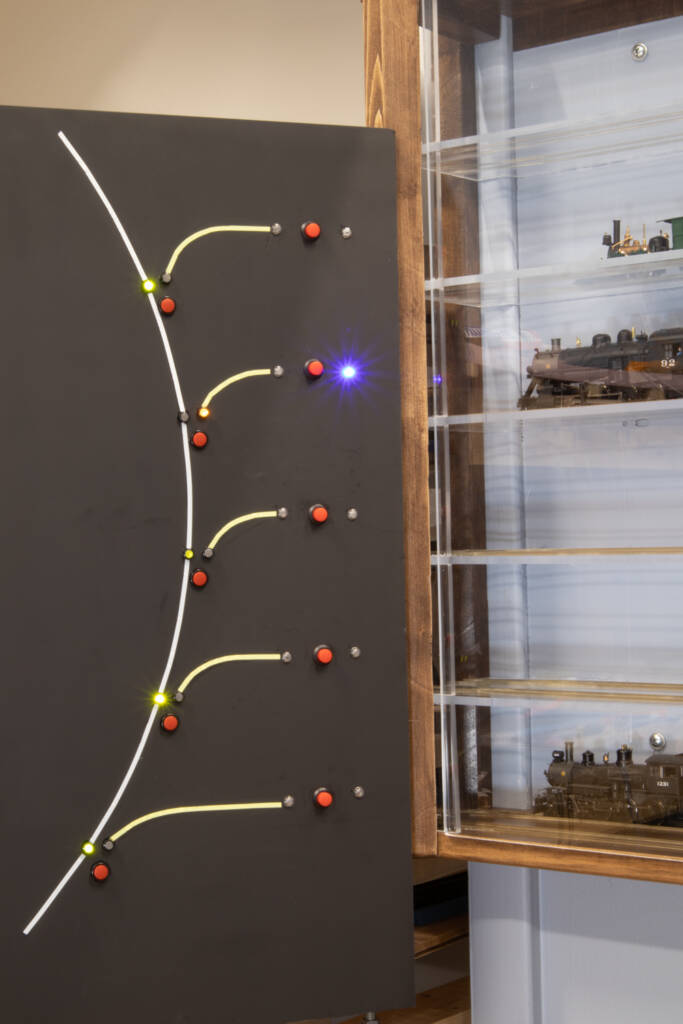
This project is the continuation of the “Build a working display case” project in our October 2024 issue. This second part details the physical and software infrastructure Randy built to control his working display case using an Arduino Nano. The working part All my locomotives are Digital Command Control, and most have sound. It’s obviously […]
Read More…
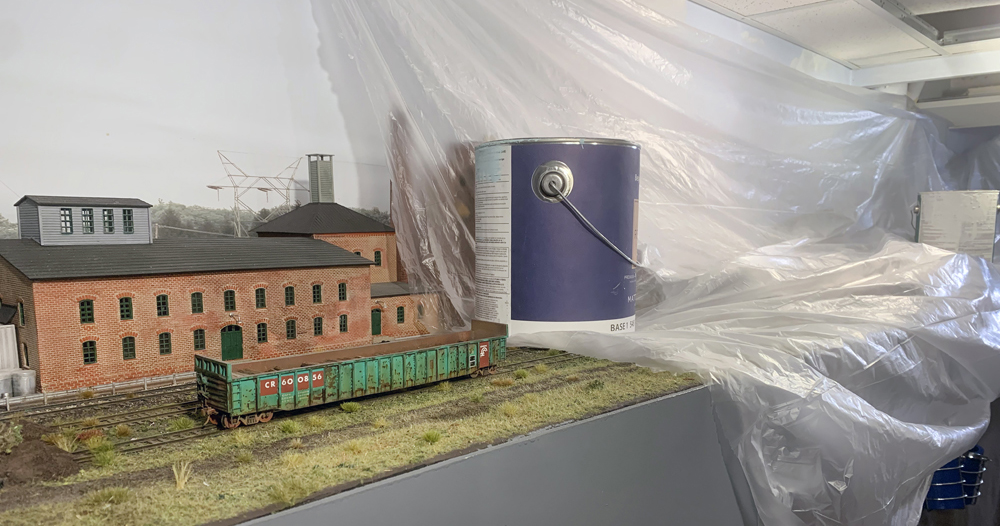
Next to “we are moving” some of the most disconcerting words a layout owner can hear is “we need home improvements.” Major changes to the house around a layout bring fear to our hearts: while models can be moved out of the way, all our hard work on track and scenery is suddenly in peril, […]
Read More…
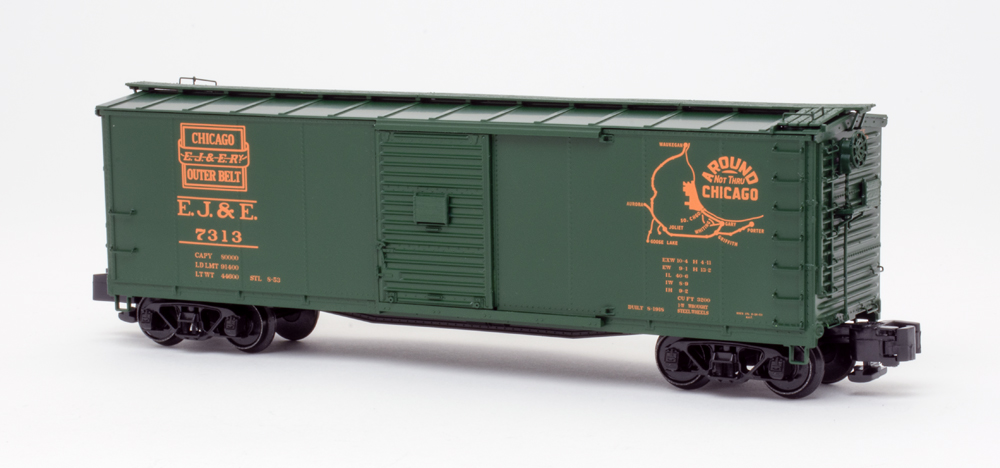
A finished S scale layout or individual model can be both visually and operationally impressive. However, getting the desired model may be somewhat harder than in a scale with more manufacturers and product offerings. As S scale modelers are quick to point out, modeling in 1:64 calls for inventiveness and perseverance. While there are ready-to-run […]
Read More…
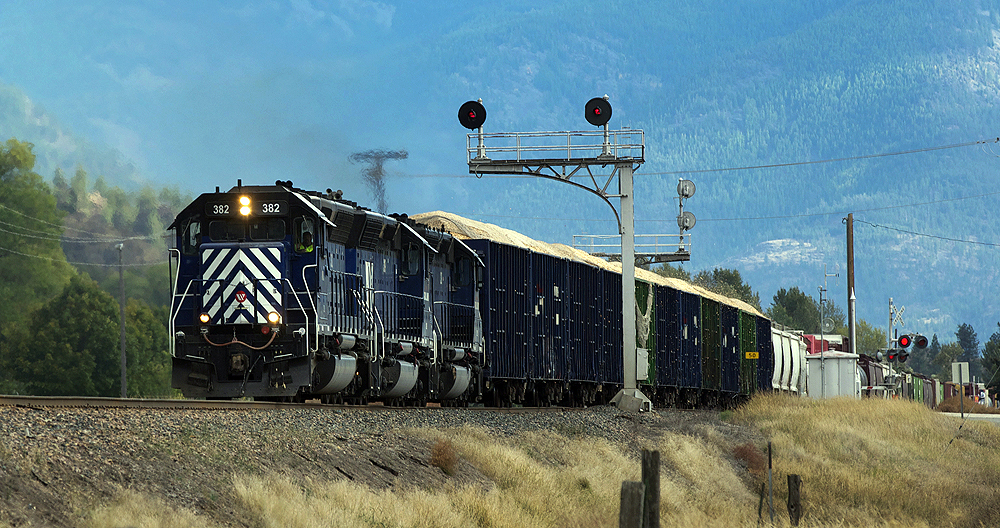
A common question newcomers to model railroading ask is “Why do railroads use signals?” The quick answer is to keep trains moving safely. But the topic of railroad signals deserves more of an explanation. The evolution of railroad signals When trains are running in the same direction on the same line, in opposite directions on […]
Read More…
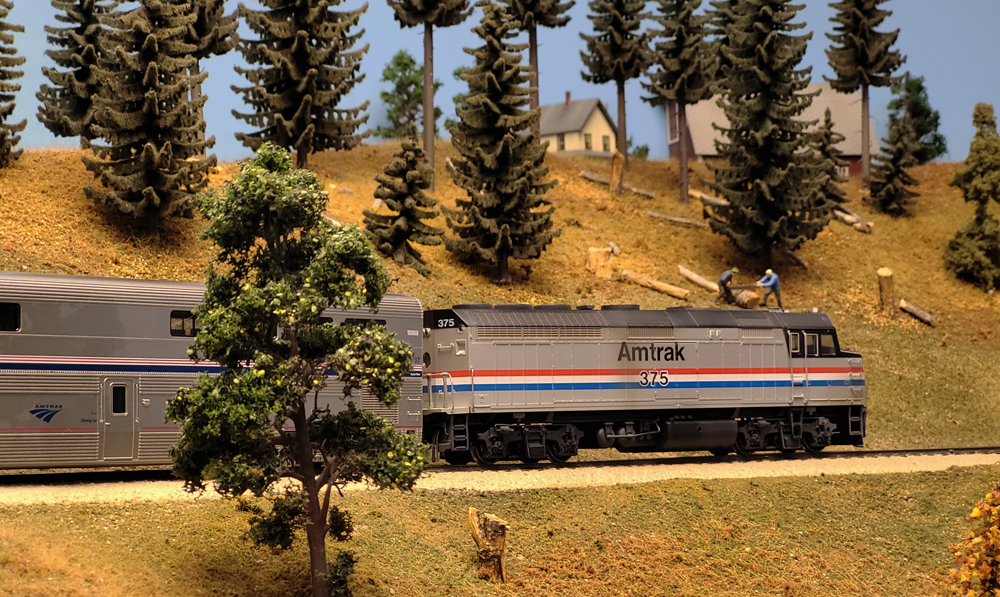
While reminiscing and revisiting my archive of photos of our dearly departed Milwaukee, Racine & Troy HO scale layout, I found myself admiring my own work. No, not my contributions to the MR&T, of which there were none, but rather my own photos, all of which were captured with my smartphone camera. For better or […]
Read More…
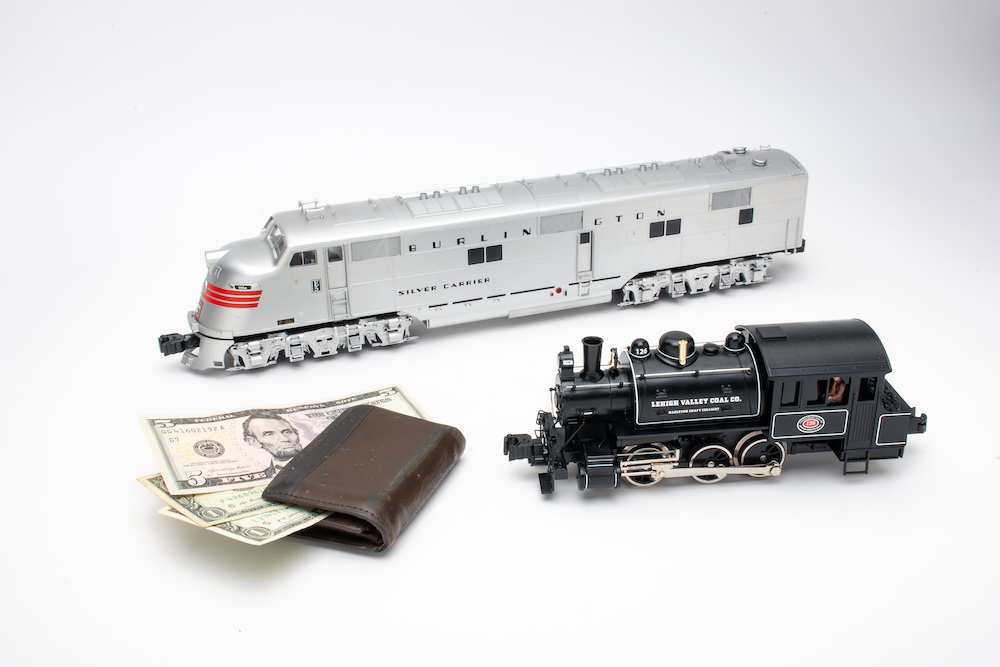
I’ll admit in preaching to the choir that O-gauge model railroading can be an expensive endeavor. Newer, higher-end scaled products that can be either preorders or recent releases can cost many hundreds to thousands of dollars. My time at the Milwaukee Lionel Railroad Club (MLRRC) in New Berlin, Wis., has garnered friendships with fellow members […]
Read More…












